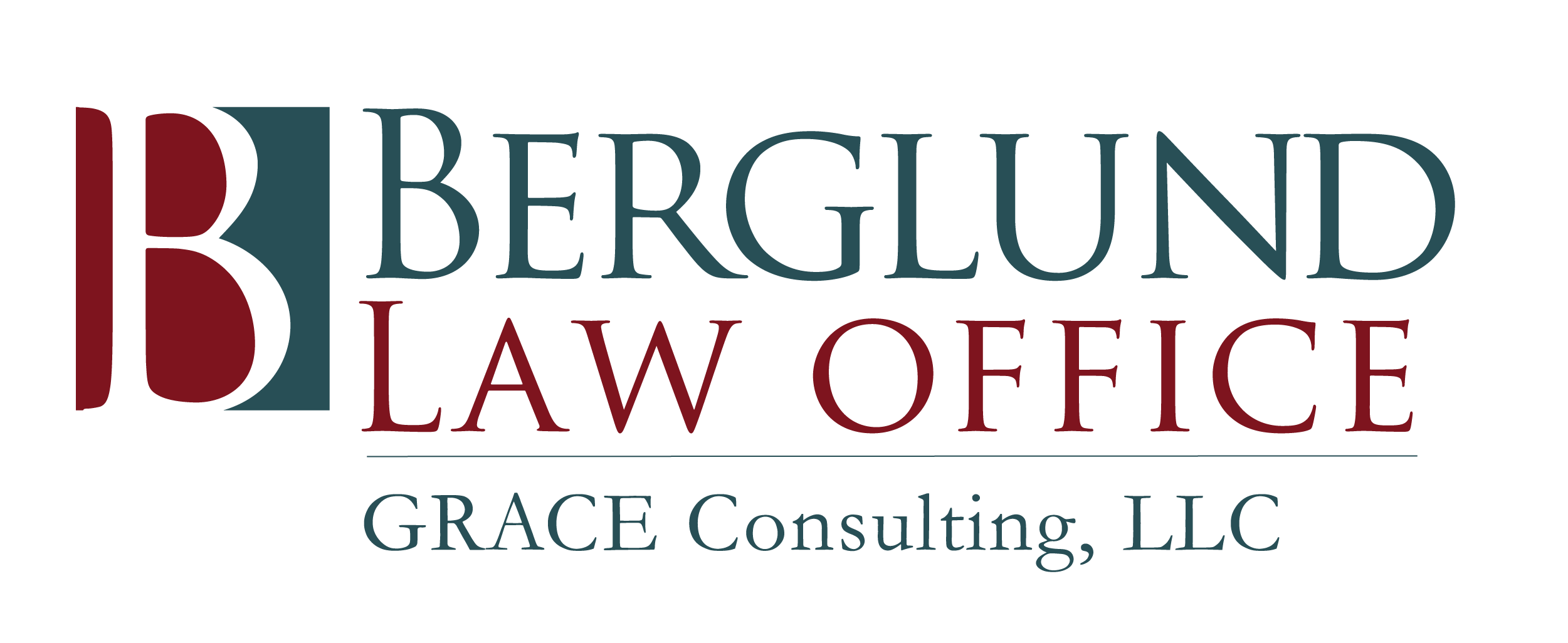
Minnesota has two entirely different systems of land title records. Before Minnesota’s “Torrens Act” was enacted in 1901, all land in Minnesota was “abstract land”. With abstract land, private abstract companies either continue already existing, “abstracts of title” or prepare new ones if one has not yet been made for the property in question.
“Abstracts” are compilations of all of the relevant instruments (deeds and other key documents beginning with the original grant or patent from the U.S. government) which affect title to the particular parcel of land being examined.
Torrens or Registered Land came into being in Minnesota with the enactment of Minnesota Statutes Chapter 508 in 1901. Minnesota’s Torrens system is based on an Australian system developed by Sir Robert Torrens. Sir Robert modeled his system after a system utilized for registering ships. Torrens is still the primary land title system used in Australia, New Zealand and the majority of Canadian provinces.
The Torrens system is also the model for land title systems recently developed in the former Soviet republics and many other developing nations. In the U.S., the Torrens system is found in Minnesota and a handful of other states.

The Torrens system in Minnesota was expanded significantly by the registration of title to large numbers of parcels of tax forfeited land during and after the Great Depression. At the time, it was believed that the tax forfeiture statute in effect did not provide for adequate notice to the record owners during the forfeiture process.
For this reason, forfeited land was thought to have an unmarketable title. In addition, many parcels around large bodies of water such as Lake Minnetonka and White Bear Lake and other bodies were also registered because of unreliable surveys and changes in water levels, dredging and filling.
Many additional registration proceedings were also done after World War II as a result of the building boom in the new suburbs together with downtown commercial development in Minneapolis and St. Paul. The City of North Oaks– originally a gated community—used registration in an effort to enable its severe restrictive covenants to survive the 30-year law. In other counties, including St. Louis County, registration was used in an effort to resolve boundary line disputes, terminate old railroad rights-of-way, and sever certain mineral rights.

Over the years, Minnesota’s Torrens system has become more administrative rather than judicially oriented. Many proceedings involving issues such as conveyances by a trustee, probate transfers of title, and adding vacated streets to descriptions to certificates of title that previously required court orders can now be done by administrative acts of the examiner of titles known as “directives” and “certifications.”
In recent years, the Torrens system has eliminated the requirement that owners’ duplicate certificates of title be presented upon the filing with the registrar of certain instruments from the registered owner such as deeds and mortgages. Affidavits of Purchaser of Registered Lands, which provided information on the new owner, are no longer required due to statutory changes. In addition, many Minnesota counties have adopted “Certificates of Possessory Title.” These certificates allow for the non-judicial registration of titles through an administrative process—a process that is generally adequate as long as there are no significant title defects.
